International Women’s Day 2018: PR Women, Part 1
It’s International Women’s Day.
Women make up the majority of the UK’s PR industry, but get paid significantly less. Sexual harassment is endemic and assault all too common. Women continued to be overlooked, underrepresented and side-lined.
This #IWD2018, we’ve spoken to a number of leading women in comms to find out what it is like for women in this industry, their thoughts on International Women’s Day, and advice for other women who want to enter the world of PR.
This is part one, read part two and three here.
 Shamima Begum is an executive director at Golin
Shamima Begum is an executive director at Golin
The recent PRWeek/PRCA/Women in PR sexual harassment survey makes for grim reading. What’s it like working as a woman in the PR industry today?
I’ve been very fortunate to work at Golin for such as a long time, as diversity and inclusion has always been a top priority for us. Our leadership team at Golin is 64% female, which includes our MD, Deputy MD and Finance Director, who are all strong, inspirational women. This culture has provided the opportunity to lead and not be afraid to do so. Working in the male-dominated technology PR sector has occasionally created challenges as a woman, but we have a strong, diverse team at Golin who work together to tackle any issues.
How would you use public relations to promote International Women’s Day?
It’s a great opportunity to profile some of the most inspirational women within your business and this should be done at all levels, with people from all different walks of life who have achieved or made an impact despite any adversity or obstacles they faced. People are inspirational for different reasons and we need to use IWD to tell their stories.
What advice would you give women who want to enter the PR industry?
Don’t be afraid to be yourself. When I entered the world of PR nearly 15 years ago it felt daunting. For many years I never came across a woman in a leadership position from a BAME background, never mind someone who was born and grew up in East London. By being myself and speaking my mind, I’ve found that the right people are receptive and value my opinion. Personally, it’s got me to where I am today.
 Sarah Hall is a PR and marketing agency owner, founder of #FuturePRoof and President of the Chartered Institute of Public Relations (CIPR) for 2018
Sarah Hall is a PR and marketing agency owner, founder of #FuturePRoof and President of the Chartered Institute of Public Relations (CIPR) for 2018
The recent PRWeek/PRCA/Women in PR sexual harassment survey makes for grim reading. What’s it like working as a woman in the PR industry today?
I’ve had some bad experiences in the past but right now it feels like a great time to be a woman in public relations. Change is definitely in the air. It’s long overdue but we’ve seen a series of high profile female appointments to senior roles and there are all kinds of support networks now in place designed to support female talent, such as the Women in PR and PR Week mentoring scheme.
Culturally we are seeing a huge shift within the world of business where there is finally a recognition that certain behaviours are no longer acceptable. But while the Government now requires organisations with more than 250 employees to publish their salary data, this still doesn’t go far enough to close the pay gap.
Businesses should all have to carry out gender and diversity audits and as per this #FuturePRoof blog, there are steps we can all take to pay the workplace a fairer place to be.
How would you use public relations to promote International Women’s Day?
International Women’s Day is designed to celebrate the social, economic, cultural and political achievement of women.
The challenge is that while there is a crescendo of voices, they tend to be mainly female.
I’d embark on an influencer relations campaign recruiting senior male leaders to promote and encourage female talent. If the C-Suite recognises and communicates the value of so called ‘softer skills’ in the boardroom and workplace, we can finally stop this nonsense about women needing to be more assertive, which actually just reinforces the status quo.
We are different to men and difference is good. We need to focus on harnessing our complementary skillsets and then ensure there is equal access to opportunities, which is where the discrepancy lies right now.
What advice would you give women who want to enter the PR industry?
Here’s a few ideas to help both men and women:
- Find your own path and choose your own measures of success
- Outside hobbies are good for your mental health so don’t give them up – PR can be a very demanding business
- Don’t be afraid to try different things. Public relations is a diverse career and continues to evolve. Explore your options until you find what you love
- Think long-term. Don’t just build a tactical skillset. You need strategic, ethical and leadership competencies too
- Identify role models and mentors who can provide inspiration and help you on your career journey
- Find like-minded people and collaborate on new projects. It’s hugely rewarding and a fantastic way to continue your professional development
- If you’re coming back from maternity leave, be firm in needing flexibility. If your employer isn’t prepared to consider agile working, even in this world of 24/7 media and community management, it might not be the right workplace for you so move on
- Get involved with an industry body like the CIPR. You’ll build your knowledge and networks and enhance your employability for sure
 Bibi Hilton is the president of Women in PR and MD of Golin London
Bibi Hilton is the president of Women in PR and MD of Golin London
The recent PRWeek/PRCA/Women in PR sexual harassment survey makes for grim reading. What’s it like working as a woman in the PR industry today?
I think, as with most things, the experiences of women working in the PR industry today are incredibly varied. That a gender pay gap exists, and sexual harassment is prevalent, is unfortunately a shock to no one. But it is shocking that as an industry we are not yet effectively and consistently addressing the harassment and unacceptable behaviour towards women that does exist. Women make up the majority in our industry and every one of those women has the right to do her job without being harassed, to have access to fair and clear channels to report unacceptable behaviour, and to feel confident it will be properly addressed and not swept under the carpet.
How would you use public relations to promote International Women’s Day?
One of the most important things about International Women’s Day is that it brings so many groups of people together who are focused on driving change. There is a lot of noise around International Women’s Day, but for us on the committee and our members, every day is Women’s Day. We have decided not to create our own events this year but instead to use our network and profile to support existing IWD events. We are supporting the Media Trust’s breakfast panel debate and some of our members are volunteering as mentors. We have also shared discount codes as one of our member benefits to numerous events being held in London.
What advice would you give women who want to enter the PR industry?
Young people today have more paths of communication between themselves and potential employers, recruiters and career champions than ever before, and they should make the most of it – network like hell, on and offline! With sites like LinkedIn it is so easy to build your own network and profile with potential employers.
I think my main advice would be to be brave. Be brave enough to ask senior professionals for guidance where you can, so that you can learn from their experience and open up new opportunities. Be brave in the content you create to showcase your creativity and skills. Create a blog or Instagram feed that you can show to a potential employer to demonstrate your writing and imagination. And finally, be brave in asking for what you want. Research shows that the gender pay gap opens for women so early on in their career, and this is often because they don’t negotiate their first salary. So, I would say go for it and negotiate – you may not get it but they will definitely respect you for asking.






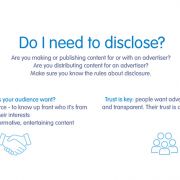
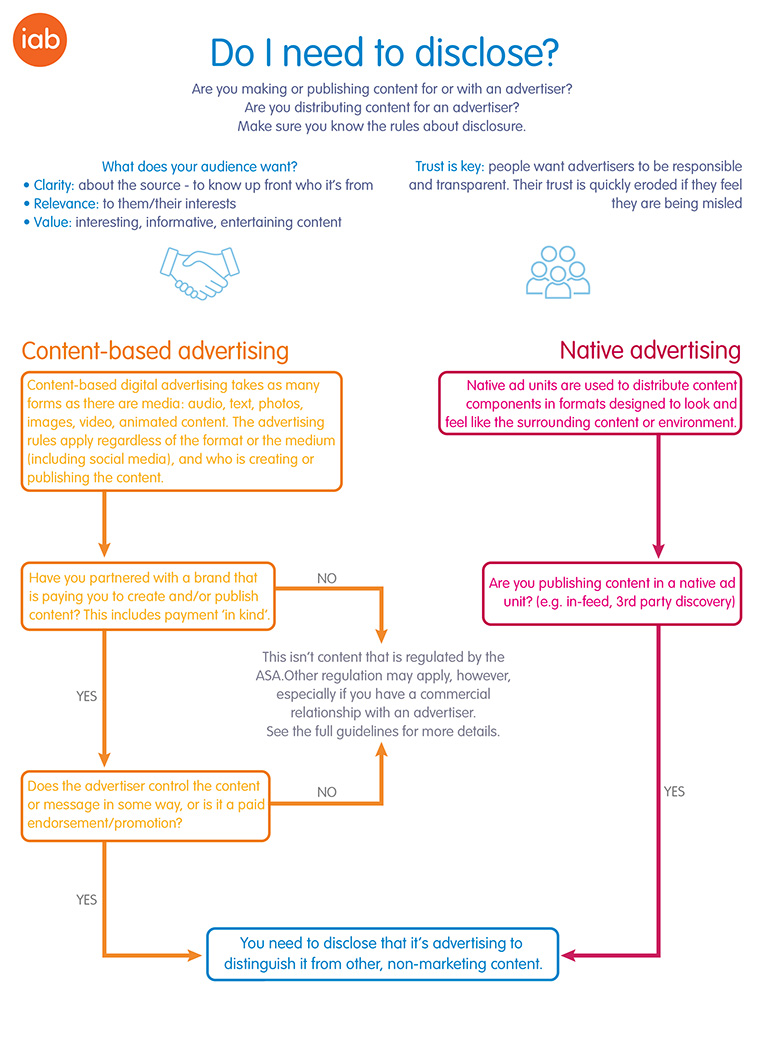
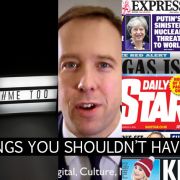

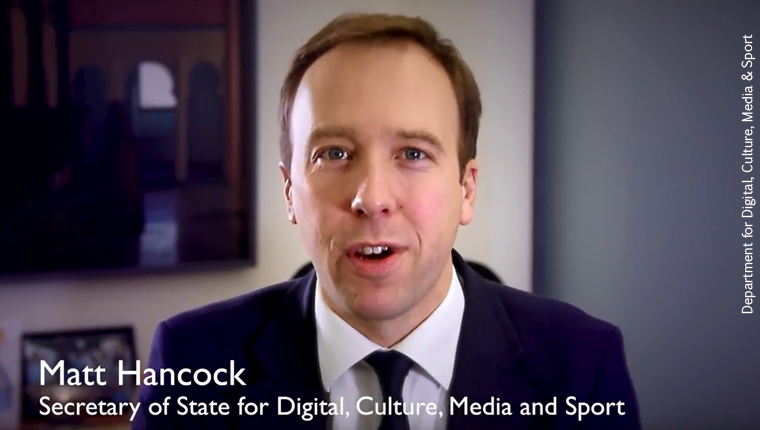
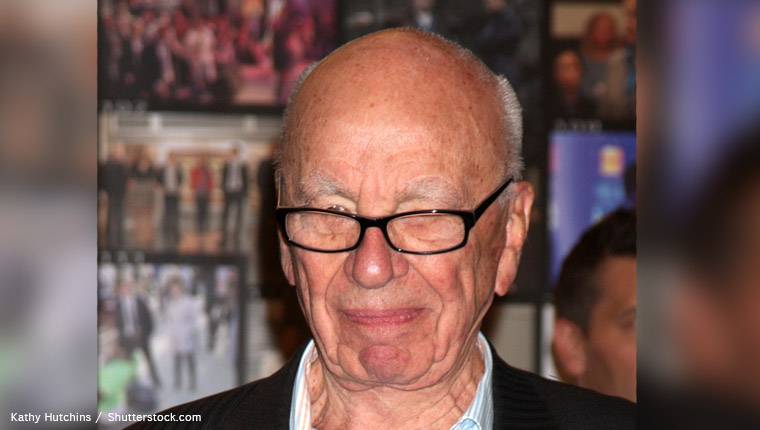
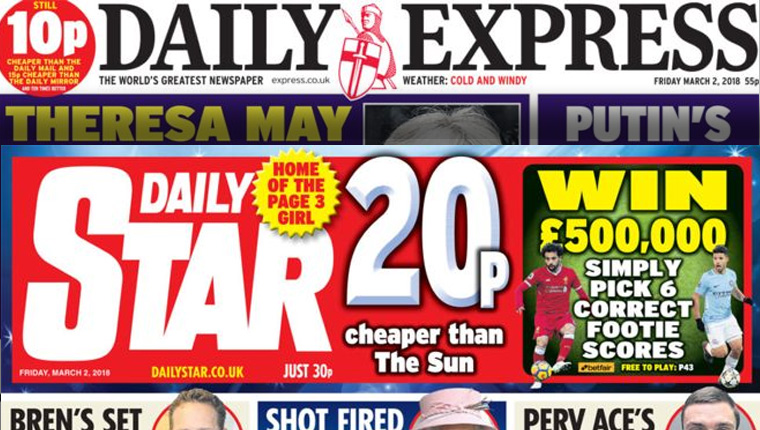



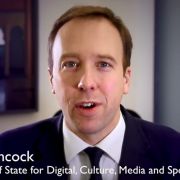





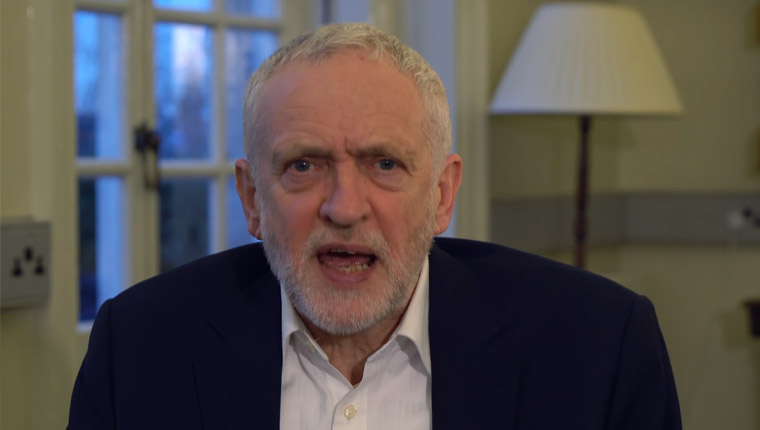















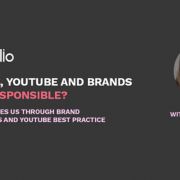



 The world’s second biggest marketing spender, Unilever, has
The world’s second biggest marketing spender, Unilever, has  Ogilvy PR and other ‘sub brands’ of Ogilvy are likely to disappear in the UK as the company follows the agency’s global approach of consolidating into a single, branded, integrated operating company.
Ogilvy PR and other ‘sub brands’ of Ogilvy are likely to disappear in the UK as the company follows the agency’s global approach of consolidating into a single, branded, integrated operating company.  Max Mosley’s lawyers are attempting to use data protection laws to stop the press from talking about his past or accusing him of controlling government-back regulator IMPRESS. The papers, especially The Times and Daily Mail, have run negative stories this week and are concerned about being censored.
Max Mosley’s lawyers are attempting to use data protection laws to stop the press from talking about his past or accusing him of controlling government-back regulator IMPRESS. The papers, especially The Times and Daily Mail, have run negative stories this week and are concerned about being censored. Google has
Google has 
